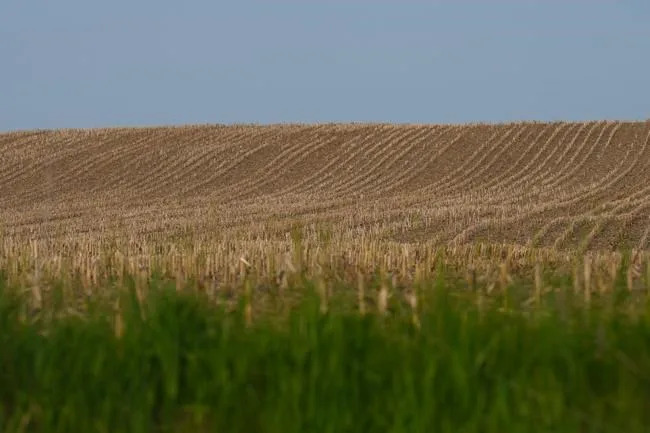Aspen Pflughoeft
Wed, August 23, 2023
Aboard a research vessel off the coast of Australia, scientists watched as their underwater camera moved along the seafloor. They saw fish swim past and marine plants sway in the current.
Then something much more unusual — and elusive — caught their attention.
Candice Untiedt, a marine ecologist onboard the SEA-MES RV Investigator, was the first to recognize the animal, the Australian research organization CSIRO said in an Aug. 23 news release.
The sea creature was almost ghostly white, photos show. It had a blunt head, tapering tail and appendages that almost looked like feet.
“Handfish have a very distinctive shape and features so I was pretty sure it was a handfish,” Untiedt said in the release. Her colleague, Carlie Devine, confirmed her “suspicions.”
Researchers identified it as a narrowbody handfish, the release said. The sighting is the first time this “camera-shy” species has been seen since 1996.

A close-up photo shows the handfish spotted off the coast of Tasmania.
Handfish are a poorly understood group of fish that move by “walking” on their hand-like fins, according to the Handfish Conservation Project. There are 14 known species of handfish exclusively found around southern Australia.
“If you’ve never seen a handfish before, imagine dipping a toad in some brightly coloured paint, telling it a sad story, and forcing it to wear gloves two sizes too big,” the organization said.
A photo shows a preserved specimen of a narrowbody handfish. The recently spotted fish was “much bigger” than specimens seen 27 years ago, Devine said in the release.
“Without seeing others or collecting a sample fish,” Devine said, “we can’t be 100 percent sure which handfish species it is.”

A narrowbody handfish specimen.
Still, researchers were thrilled by the sighting.
“I was pretty excited to find the handfish,” Untiedt said in the release. “I know that this is a rare and special fish. And that the chances of seeing one in this environment and capturing it on the deep tow camera are very rare. It’s an important discovery.”
The elusive handfish was spotted about 1,000 feet underwater and near Flinders Island, the release said. Flinders Island is south of mainland Australia and north of Tasmania.
The sighting took place during a research expedition that was “trying to determine how climate is affecting marine parks and fisheries” in southeastern Australia, CSIRO said. Data from the expedition will be analyzed and the survey repeated the next two years.







